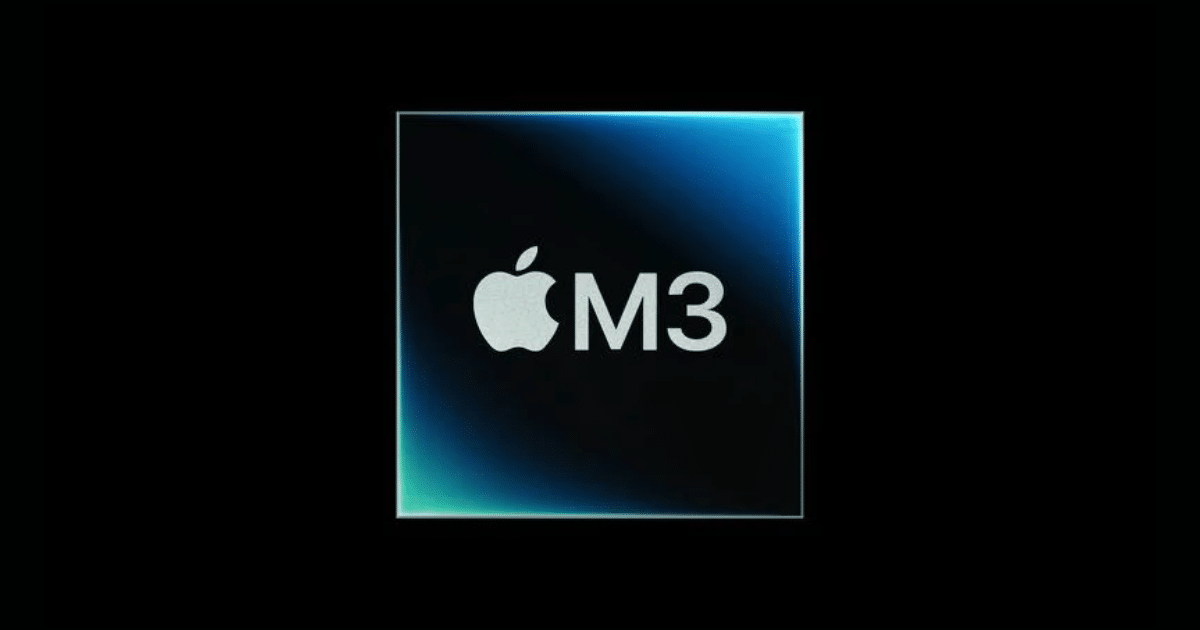In the realm of cutting-edge technology, the race for the most powerful processor is always on. Two names have recently emerged as frontrunners in this competition: Apple’s M3 and Qualcomm’s Snapdragon X Elite.
Both processors have been generating a lot of buzz, promising to deliver exceptional performance for even the most demanding tasks. But which one reigns supreme? Let’s delve into a comprehensive comparison to uncover the answer.

Apple M3 Pro vs Qualcomm Snapdragon X Elite
Both Apple’s M3 Pro and Qualcomm’s Snapdragon X Elite are powerful processors designed for high-end laptops. They both offer impressive performance and features, but there are some key differences between the two.
Apple claims that the M3 chip is “the fastest and most powerful Apple chip ever released.” The company also says that the M3 is “up to 50% faster than the M2 in multi-core performance.” Let’s dive right in to see if it can outperform Qualcomm’s Snapdragon X Elite.
Specs
Before we dive in, here are the specs of both chips:
| Feature | Apple M3 | Qualcomm Snapdragon X Elite |
|---|---|---|
| Core Count | 8 (4 performance, 4 efficiency) | 12 (8 performance, 4 efficiency) |
| Maximum Clock Speed | 3.7 GHz (performance), 3.4 GHz (efficiency) | 4.3 GHz (performance), 1.9 GHz (efficiency) |
| Single-Core Performance | 3,050 (Geekbench 6) | 2,940 (Geekbench 6) |
| Multi-Core Performance | 12,983 (Geekbench 6) | 14,876 (Geekbench 6) |
| GPU | Integrated Graphics | Adreno GPU |
| Power Consumption | 40W | 23W (lower-clocked), 80W (higher-clocked) |
| Platform Compatibility | macOS | Windows |
Architecture and Clock Speed: Digging into the Technical Nitty-Gritty
The Snapdragon X Elite boasts a formidable 12-core architecture, comprising 8 performance cores and 4 efficiency cores. This design aims to strike a delicate balance between raw power and energy efficiency, ensuring that users get the most out of their devices without sacrificing battery life. The performance cores can clock up to an impressive 4.3 GHz, while the efficiency cores operate at a more modest 1.9 GHz.
On the other hand, the Apple M3 packs a slightly leaner 8-core design, with 4 performance cores and 4 efficiency cores. The performance cores can reach a maximum clock speed of 3.7 GHz, while the efficiency cores run at 3.4 GHz. This difference in core count suggests that the M3 places a greater emphasis on single-core performance, optimizing tasks that rely on a single thread of execution.
Performance Unleashed: Benchmarking the Contenders
When it comes to raw performance, both processors pack a significant punch. Benchmarks indicate that the Snapdragon X Elite holds a slight edge in multi-core performance, delivering a multi-core score of 14,876 in Geekbench 6 compared to the M3’s 12,174. This advantage stems from the Snapdragon X Elite’s higher core count, allowing it to handle computationally intensive tasks with greater ease.
However, the M3 takes the lead in single-core performance, achieving a score of 3,204 in Geekbench 6 compared to the Snapdragon X Elite’s 2,940. This edge highlights the M3’s ability to excel in tasks that rely on a single thread of execution, such as web browsing and running basic productivity applications.
Graphics Prowess: Powering Visual Experiences
GPU performance is a critical factor for graphics-intensive tasks like gaming and video editing. While both processors integrate integrated graphics, the Snapdragon X Elite’s Adreno GPU is expected to outperform the M3’s integrated graphics. This means that users can expect smoother frame rates and better visual quality when engaging in demanding graphics applications.
Efficiency and Battery Life: Stretching the Power
In today’s mobile world, power consumption is a significant factor, especially for laptops. The Snapdragon X Elite is touted for its efficiency, with a reported power consumption of 23W in its lower-clocked configuration and 80W in its higher-clocked variant. The M3’s power consumption is estimated to be around 40W. This lower power consumption translates into longer battery life, allowing users to enjoy their devices for extended periods without worrying about recharging.
Compatibility and Availability: Tailored to Specific Needs
The Snapdragon X Elite is designed for Windows laptops, while the M3 is exclusive to Apple MacBooks. This compatibility factor should be carefully considered by users based on their preferred operating system and ecosystem. The Snapdragon X Elite is expected to be available in the first half of 2024, while the M3 is already available in select Apple MacBooks.
Verdict: A Matter of Preference
Determining the absolute winner between the Snapdragon X Elite and Apple M3 depends on the user’s specific needs and preferences. For those prioritizing raw multi-core performance and efficiency, the Snapdragon X Elite emerges as the stronger contender. However, if single-core performance, integrated graphics performance, and compatibility with macOS are paramount, the Apple M3 remains a compelling choice.
Read more: